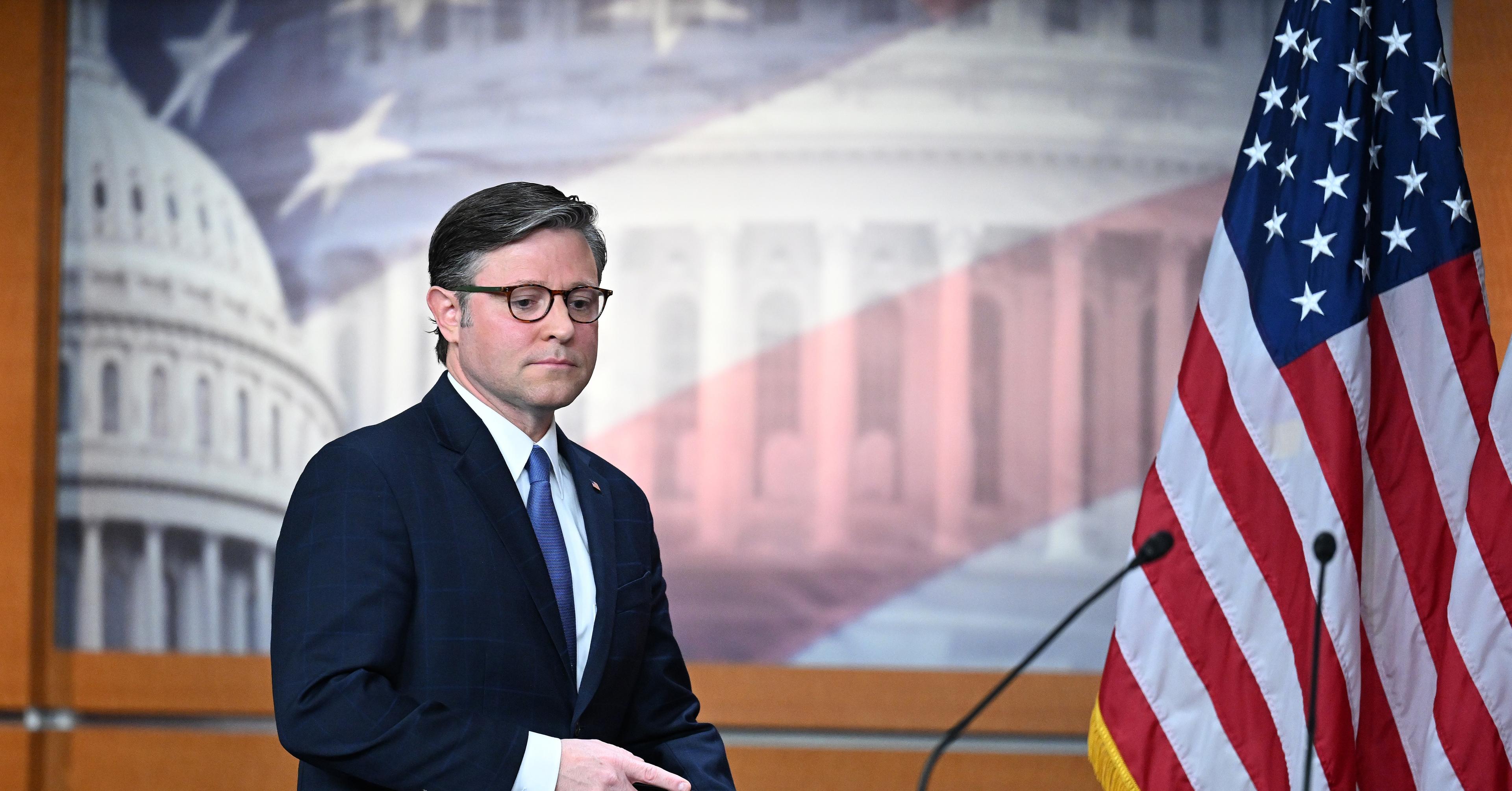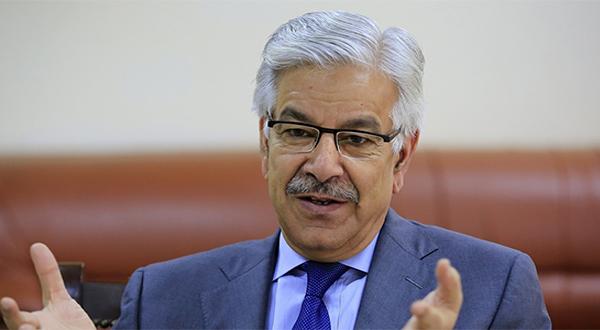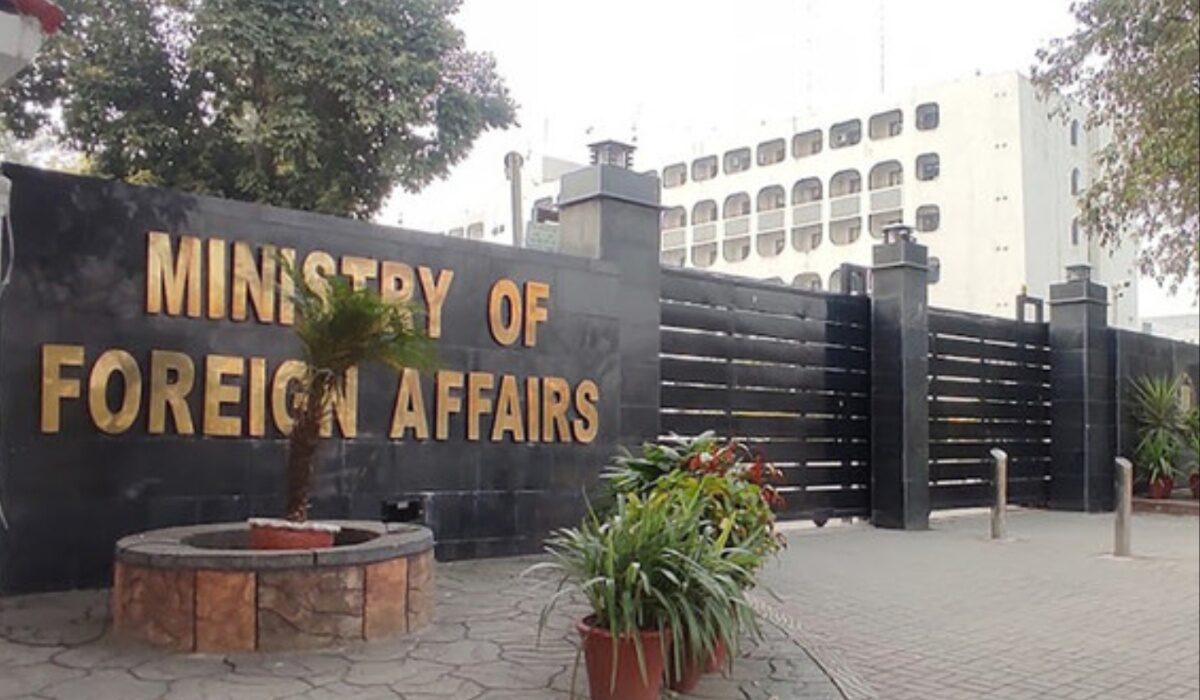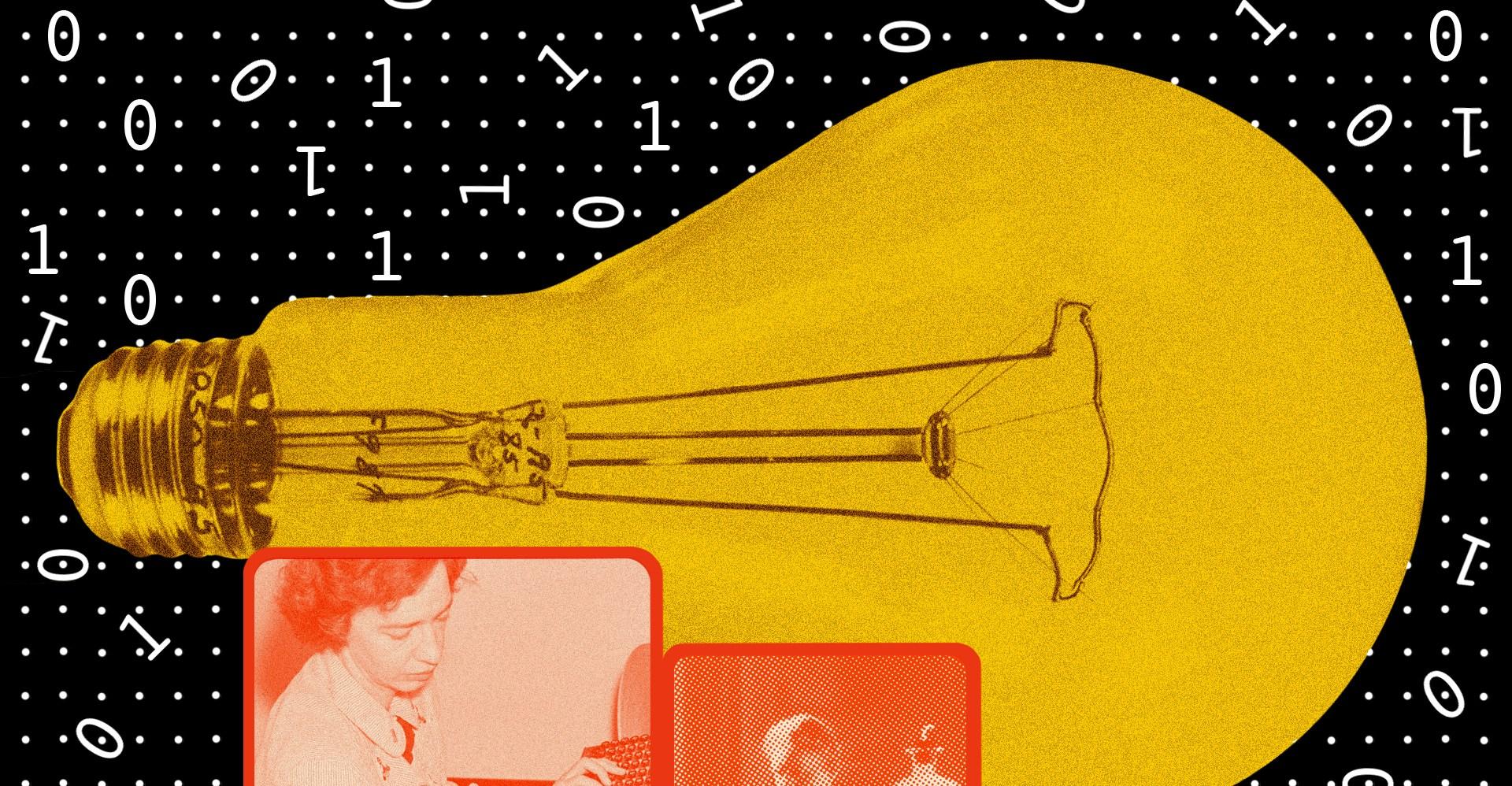Truth must come out
From the cradle to the grave we are instructed by society to speak truth. Yet the practice carries more penalties than speaking an outright lie does.

A controversial skill, then, to be truthful. If ever we decide to stand by the truth, then we are asked to consider the doctrine of (particular) necessity, self-made social norms and even national security. The majority among us refuse to engage with such complications and instead take either to keeping silent or even lying. This social duplicity has kept us back as a people and as a country.
I have no qualms in saying that this social conditioning, this belief that one cannot disagree with obsolete traditions and norms, with your elders, with those who hold senior positions to you and with state policies is absolutely wrong. Had this been wrong then would our religious figures, our revolutionary leaders, our reformists have brought about the change that they did?
I do not say that in our disagreement we let go of our manners when talking to our elders or that we do not consider the state when giving an honest opinion. But I do insist that we realize that there is a difference between loyalty and slavery. Speaking the truth, listening to the truth and self-accountability does not harm us, belief in black and white narratives does. Suppressing facts leads to the promotion of distortion. In simple words, a point comes when it is becomes difficult to differentiate between a truth and a lie. From that point onwards, social chaos is always close by.
Restricting the truth also leads to an atmosphere of suppression, one that has the potential to turn into lava. There is nothing more painful than observing injustice but not being able to comment on it or write about it. The anger turns into resentment and eventually anger. When young people are asked to perform this impossible task, they turn their resentment towards the state. Lets hope such a point does not arise in the country or else our system will collapse and we will have to build, from scratch, a new one.
For those who are paying attention, the clues point towards our society marching towards this threshold. From our political class, to our religious leaders, to the analysts who appear on TV daily, almost all have abandoned the truth in favor of advantageous versions of facts. Where else can this road go, on which are being marched, but towards a society full of cruelty and barbarism?
There is a faction that believes this system will keep on moving ahead despite this glaring threat. History is not their forte or else they would know how misplaced their belief is. This system can be changed and will be changed, the road to that change has been determined since eternity. It is simply, holding high the banners of truth even when all else around you degenerates into misinformation. If we wish to change the luck of this country than we must follow this path, stopping for nothing till we have achieved our goal.
Yes, there are many obstacles ahead. But if we are being asked to put on blindfolds, our hands are being bound to stop them from putting truth on paper, and our tongues are being locked up, then we have been left with no choice. Freedom does not come without sacrifice.










